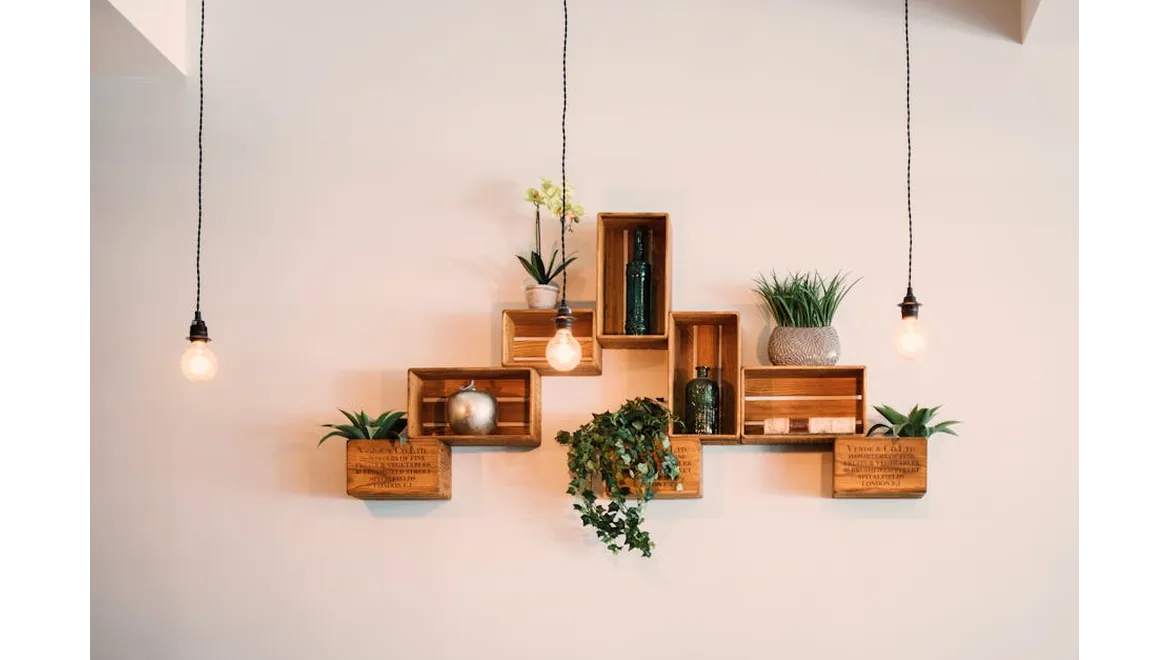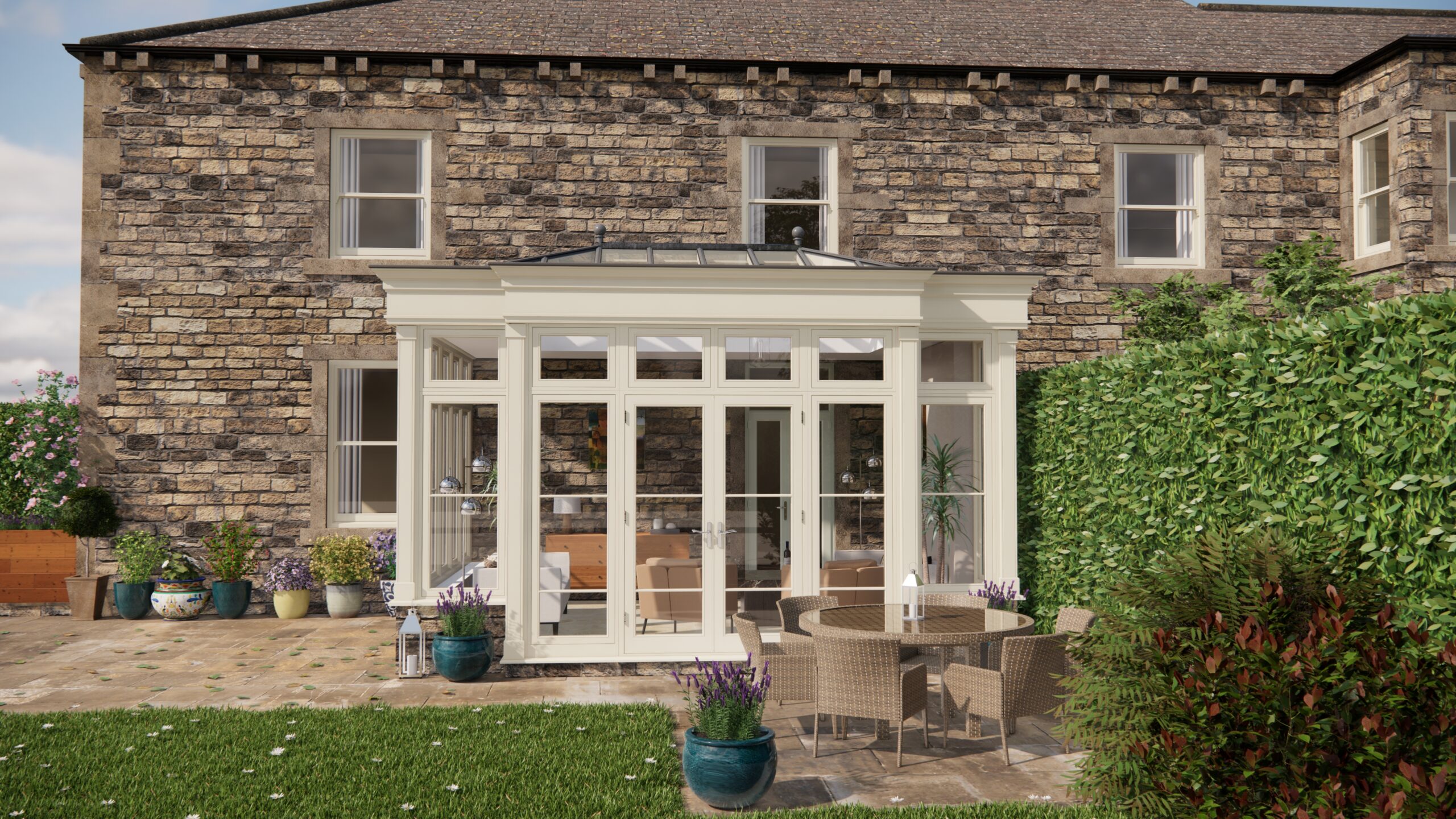When I first decided to delve into the intricate world of orangery furniture, I knew I needed guidance from someone with an impeccable sense of style and a knack for creating inviting spaces. Luckily, I stumbled upon Emma, a seasoned interior designer with a particular passion for orangeries. Over a steaming cup of Earl Grey in her cosy living room, she shared her insights on crafting the ultimate orangery space. Here’s how our chat unfolded.
Setting the Scene: Balancing Light and Functionality
Emma began by emphasising the unique nature of orangeries. “Unlike traditional rooms, an orangery is all about balance,” she explained. “You have this beautiful natural light pouring in, and you need to harness that without it becoming overwhelming.”
To achieve this, Emma suggests starting with a neutral colour palette. “Soft greys, whites, or even muted pastels work beautifully,” she said, gesturing to her own orangery’s serene walls. The key is to use colours that reflect light rather than absorb it, keeping the space airy and inviting.
Lighting is equally crucial. Emma recommends a mix of ceiling lights and floor lamps to create layers of illumination. “Ceiling lights are great for the evenings, but during the day, you’ll want to rely on those natural rays. Floor lamps or table lamps can help create a cosy atmosphere when the sun sets.”
Choosing the Right Furniture: Marrying Aesthetics with Comfort
Next, we tackled the centrepiece of any orangery: the furniture. Emma’s philosophy is all about blending aesthetics with usability. “Orangery furniture should look good, but it has to be functional too,” she advised.
She suggests starting with a comfortable seating arrangement. “Think plush sofas or cushioned armchairs,” she said, noting that natural materials like rattan or wicker can add an organic touch. Emma had a beautiful set in her own space, complete with plump cushions in soft, inviting colours.
For those looking to entertain or enjoy meals in their orangery, Emma recommends a sturdy dining table. “A wooden table with a natural finish can add warmth,” she said. “Pair it with chairs that are not just stylish, but also comfortable enough for long, lazy lunches.”
And let’s not forget those little extras. Emma loves adding a few pouffes or footstools to create a relaxed, inviting vibe. “They’re perfect for putting your feet up or providing extra seating when you have guests,” she noted.
Bringing the Outdoors In: Embracing Nature
An orangery is inherently connected to nature, and Emma believes that incorporating elements of the outdoors is essential to its design. “Plants are a must,” she said enthusiastically. “They bring life and vibrancy to the space.”
Emma recommends a mix of large leafy plants and smaller potted ones. “Ferns or palms can make a real statement, while succulents or herbs add a bit of charm,” she explained. Her own orangery was filled with greenery, each plant carefully chosen to complement the room’s aesthetic.
For those who might not have a green thumb, Emma suggests opting for low-maintenance plants or even high-quality artificial ones. “It’s about creating that lush feel without the stress of constant upkeep,” she smiled.
Textiles and Accessories: Infusing Personality
No orangery is complete without the right textiles and accessories, Emma insisted. “This is where you can really let your personality shine,” she said.
Rugs are a fantastic starting point. Emma prefers natural materials like jute or sisal. “They add texture and define different areas within the space,” she explained. “Plus, they’re durable and can handle a bit of wear and tear.”
When it comes to accessories, Emma advocates for a curated approach. “You don’t want to clutter the space,” she warned. Instead, she suggests choosing a few key pieces like decorative vases, framed artwork, or elegant candleholders. “These should reflect your personal taste and tie the room together.”
Emma’s Final Touch: Creating a Space That’s Truly Yours
As our conversation drew to a close, Emma left me with a piece of advice that resonated deeply. “Your orangery should be a reflection of you,” she said. “It’s about creating a space that feels like home, where you can relax, entertain, and enjoy the beauty of the outdoors.”
With Emma’s guidance, transforming an orangery into a cosy and inviting oasis seems not only achievable but also a delightful journey of self-expression. Whether you’re starting from scratch or refreshing an existing space, these insights offer a roadmap to create a haven that’s both beautiful and functional. And as I left Emma’s home, inspired and armed with a wealth of ideas, I realised that with a little creativity and intention, anyone can craft their dream orangery.


